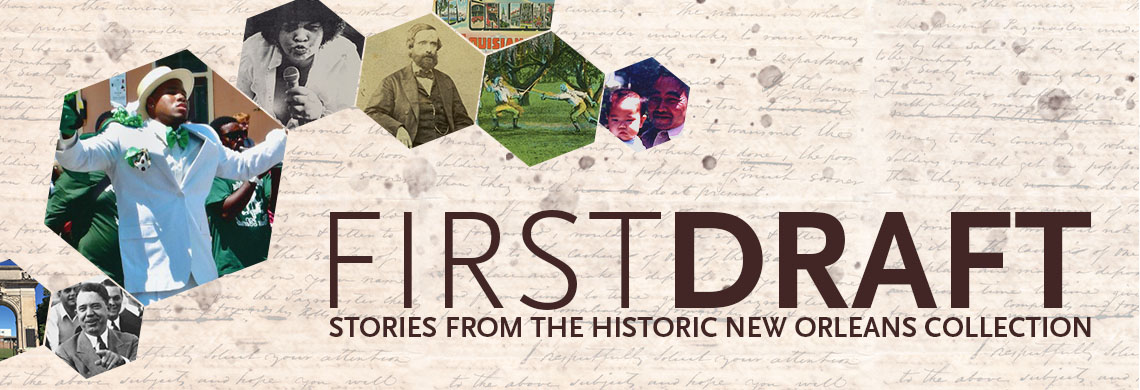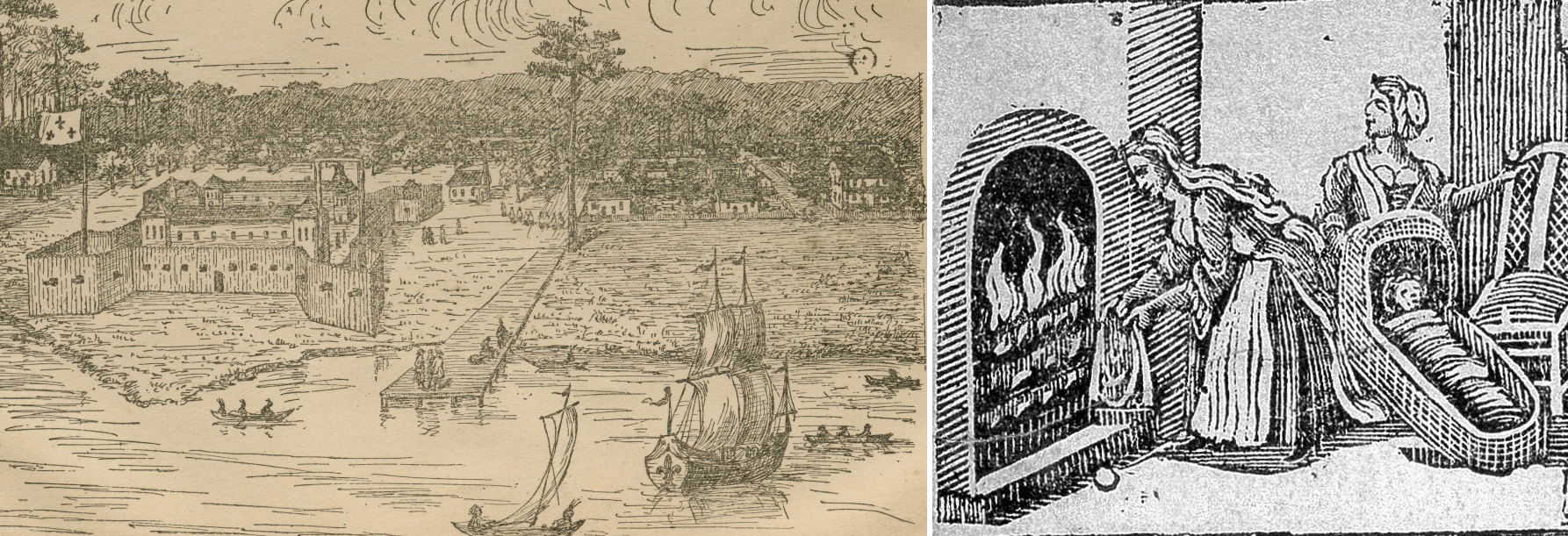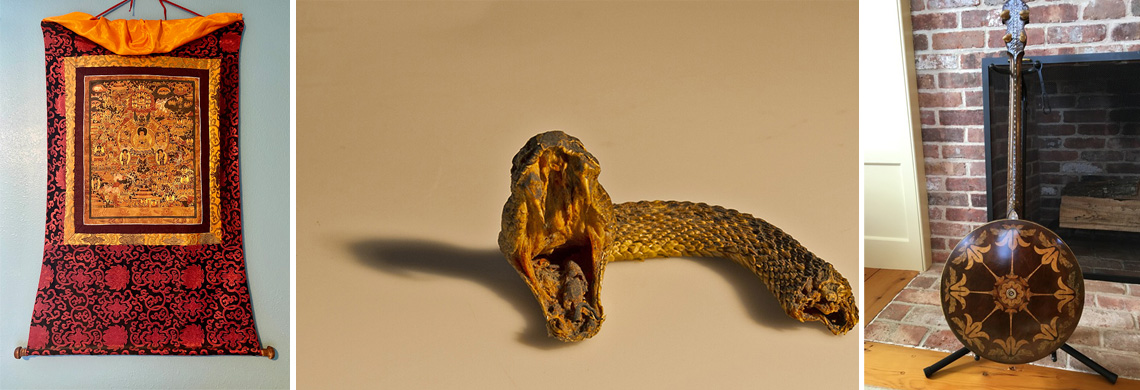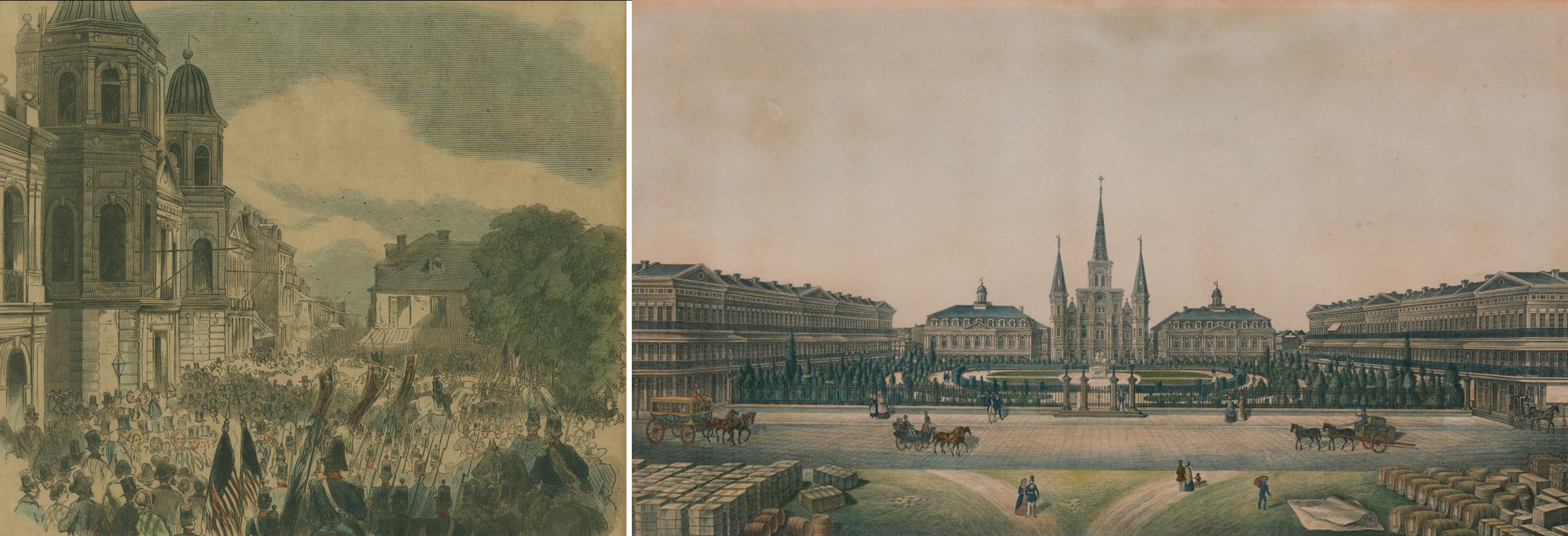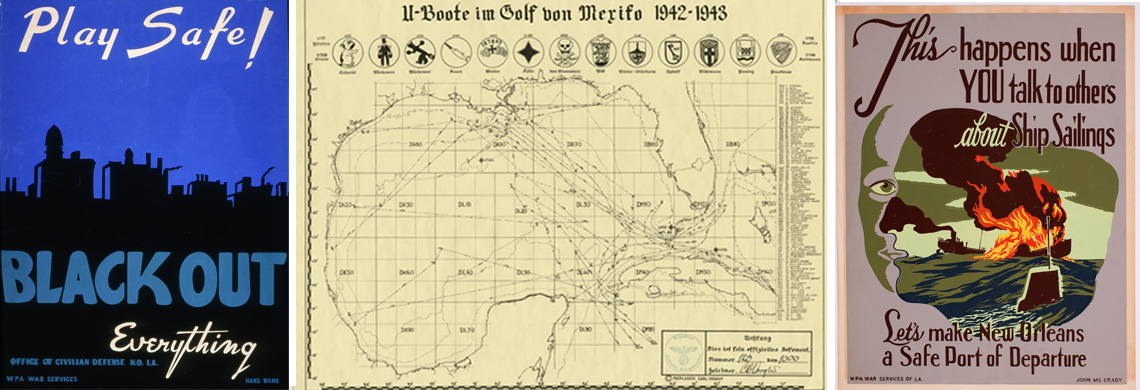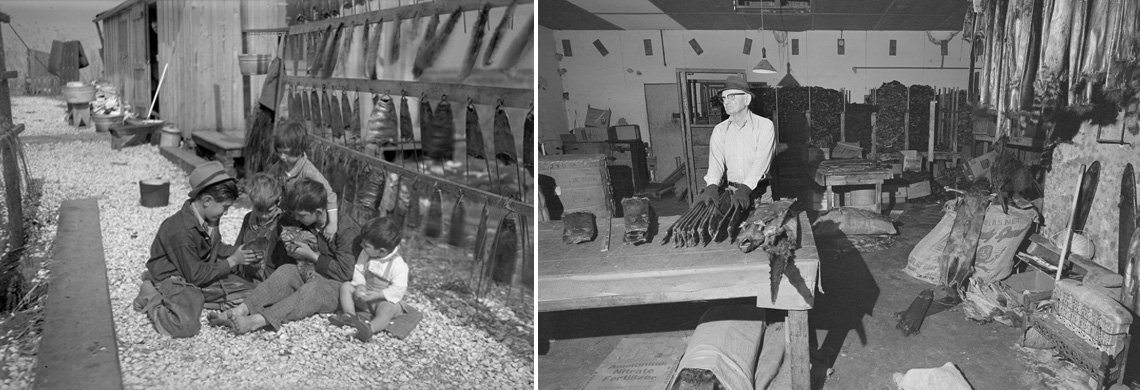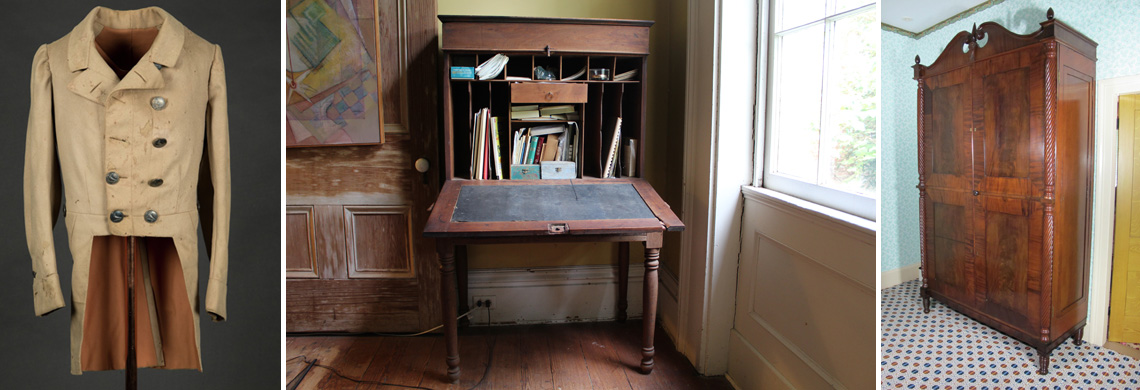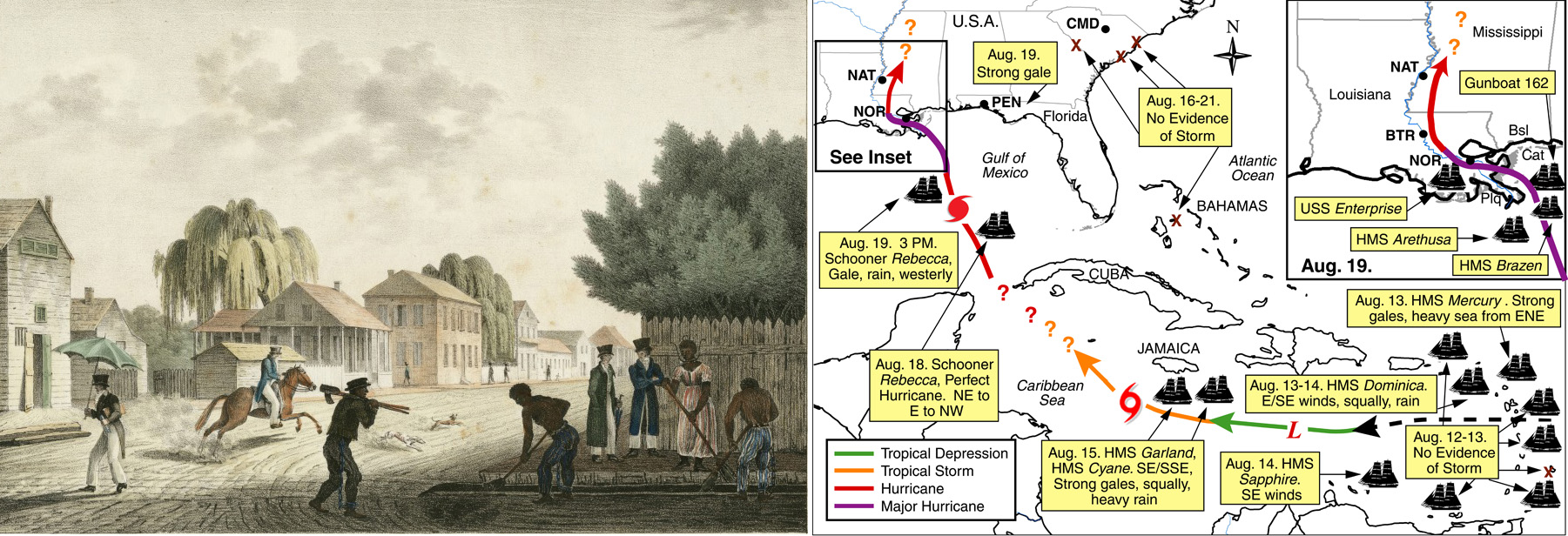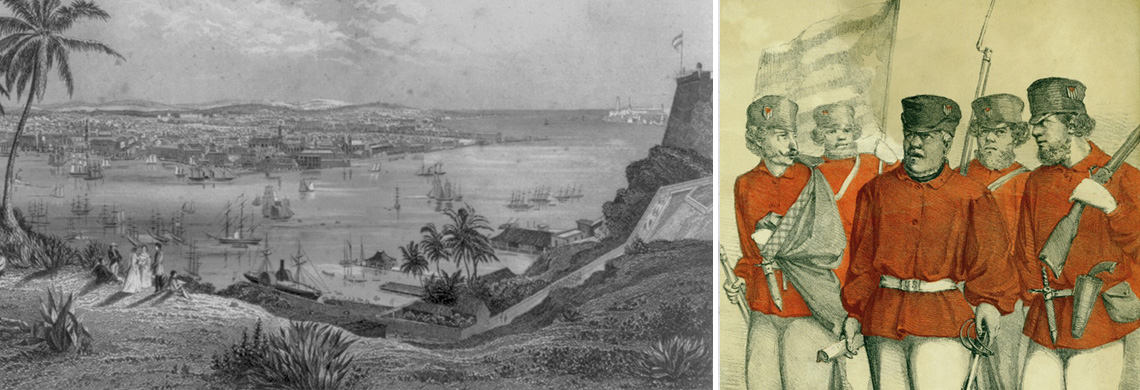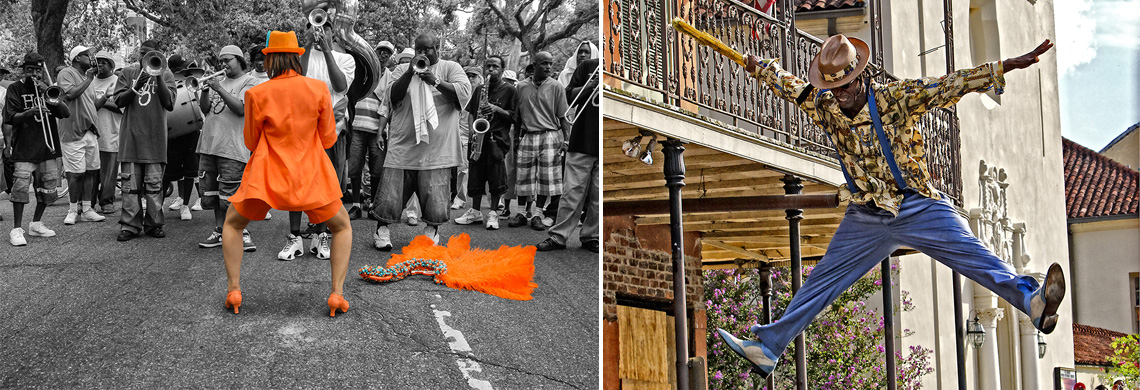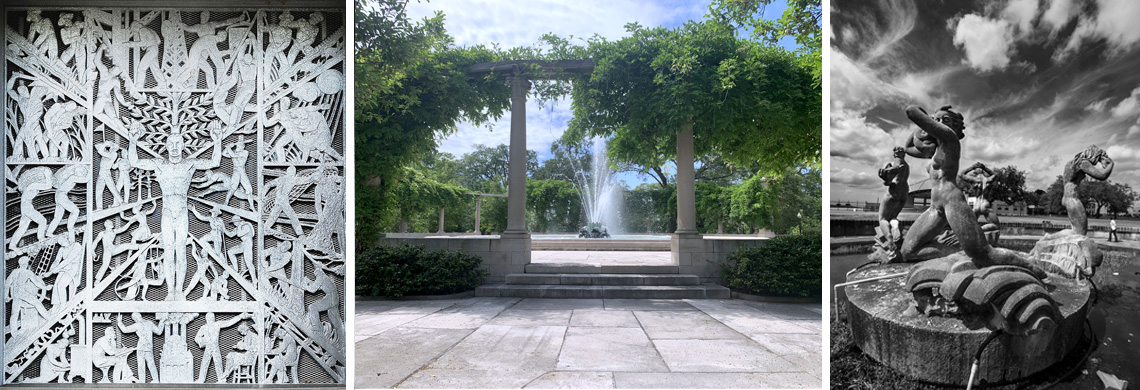Life in the colony of Mobile was precious, so why did Bienville, the de facto ruler, slash the salary of the only Midwife?
We asked our audience to tell the stories behind the objects they hold dear. And they delivered.
New Orleans's most famous square had humble origins but grew to become an iconic feature of the city.
In the spring of 1942, Hitler brought World War II to Louisiana’s shores, and ships sailing in the Gulf of Mexico paid the price.
Nutria were once a valued member of Louisiana's wildlife family. Not anymore.
The work of the Decorative Arts of the Gulf South project has revealed stories of African American material culture throughout the region.
In August 1812, a vicious storm ripped through New Orleans. Using a letter from THNOC’s holdings and the findings of a climatologist, we look at the storm’s toll and how it compares to recent hurricanes.
Today, the term “filibuster” refers to the obstruction of legislative process through long speeches and other delay tactics. For most of the 19th century, however, filibusters were men who engaged in unsanctioned warfare in foreign countries—and a number of their campaigns were planned and set sail from New Orleans.
Access to capture the intimate action of a second line is earned over beers in favorite club watering holes, in the quieter moments that precede and conclude a parade, and during the kinetic events themselves, where unspoken rules of artistic engagement are observed.
Enrique Alférez’s lasting imprint is seen throughout New Orleans, among figurative sculptures, monuments, fountains, and architectural details in prominent locations from the Central Business District to the shore of Lake Pontchartrain and beyond.

